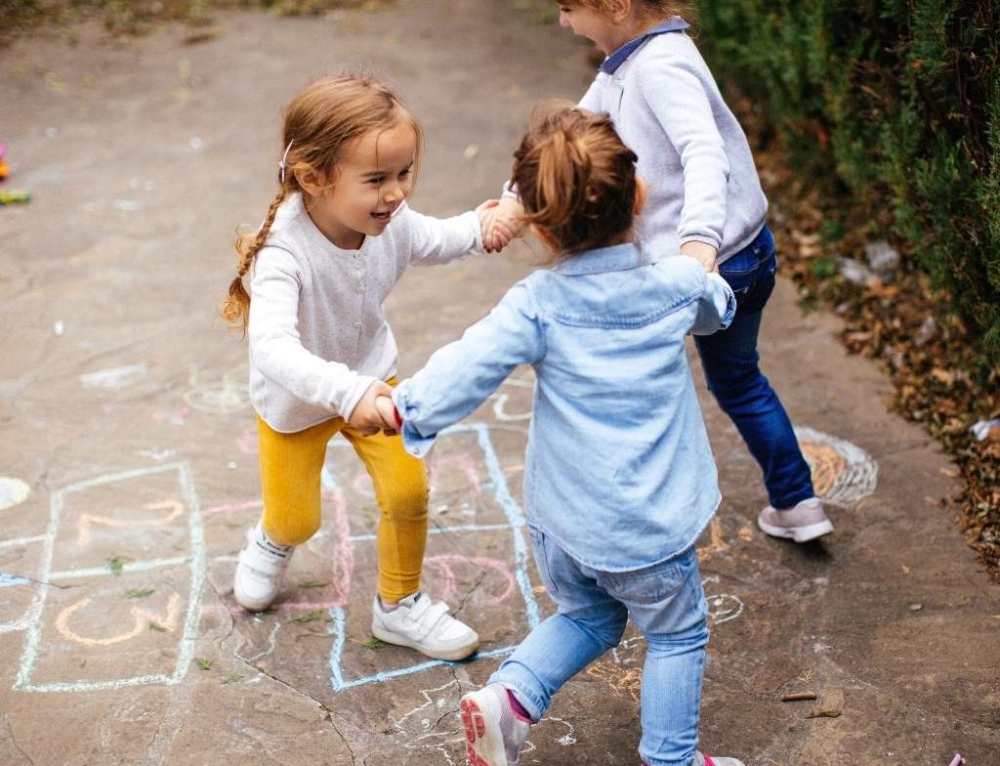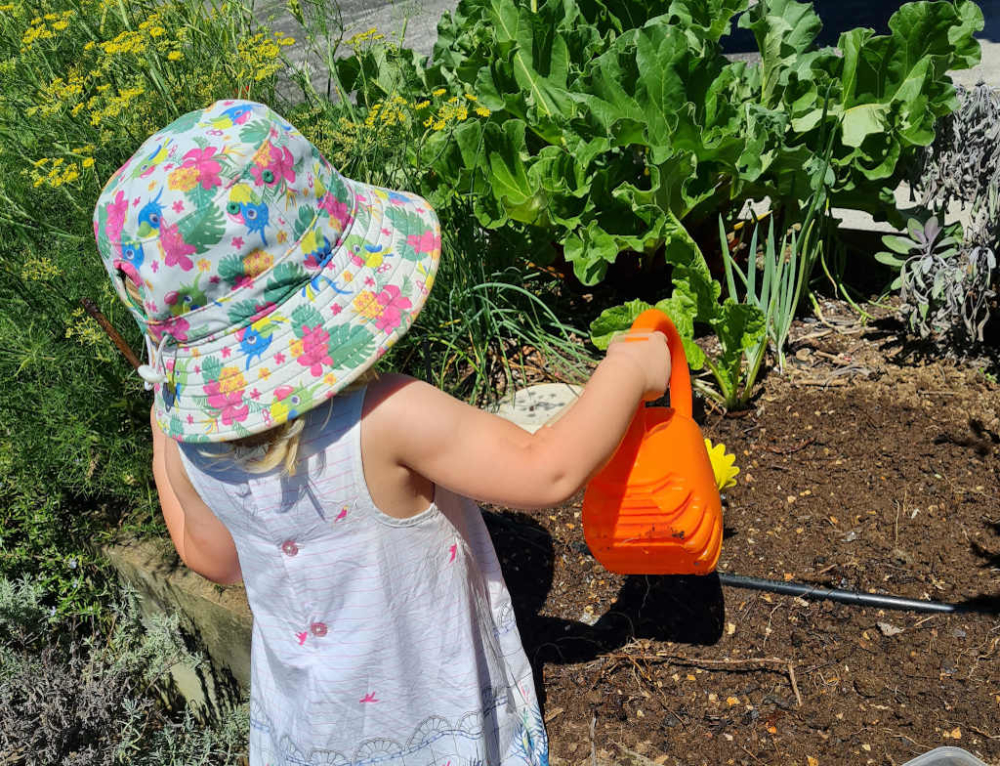Your toddler’s eyes
During toddlerhood your child will develop his eye/hand/body coordination, depth perception and eye tracking and teaming, and the best ways you can encourage this development is by playing games that require these skills, such as:
- Stacking building blocks
- Rolling a ball backwards and forwards between you both
- Doing puzzles
- Playing with toys that lock together such as Lego and K’nex
- Doing craft activities such as colouring, drawing and cutting with safety scissors
- Reading books together and looking at illustrations to identify objects
Checking your toddler’s eyes
At about three years of age, it is recommended that your child’s vision be assessed. An eye test will check your toddler’s:
- eye development
- general eye health
- sharpness of vision
- eye tracking and teaming (the eyes’ ability to work together)
- focus
About 25% of school children will need some correction of their vision. Unattended poor vision can have a detrimental effect on your child’s ability to learn in the classroom, play sport, and even their self-esteem.
Lazy eye
While having your child’s vision assessed, your doctor will look for any possible signs of amblyopia, also known as Lazy eye. This condition affects between a small percentage of New Zealanders and if detected early (by three years of age), it can usually be corrected. Because young children rarely recognise that their eyesight is anything less than perfect (having nothing to compare it to), it is important that you investigate any of the following symptoms your child may be experiencing:
- Rubbing their eyes excessively
- Holding a book closer to their eyes to read than you would consider necessary
- Closing one eye, or covering one eye, to look at an object
- Tilting their head forward when doing close work
- Blinking more than normal
- Squinting or frowning often
It is important to note that your child will not outgrow crossed eyes – if you notice any turning of one or both eyes, you need to get this attended to immediately as your child will need treatment to fix the problem.
Your toddler’s eyes and diet
Ensuring your toddler eats a balanced diet can have a huge impact on your child’s eyesight. When meals are rich in vitamins and minerals they help eyes develop in a healthy way. While eating foods from all the food groups is important, some foods offer nutrients that especially help eye health – these include antioxidants such as vitamin A, C, and E as well as Lutein and omega-3 fatty acids found in oily fish and some seeds and nuts.
Lutein is found naturally in dark, leafy green vegetables such as spinach and kale and is found in high concentration in the part of the eye’s retina that is responsible for central vision. Ensuring that lutein is included in your toddler’s diet will support their eye development.






Leave A Comment
You must be logged in to post a comment.